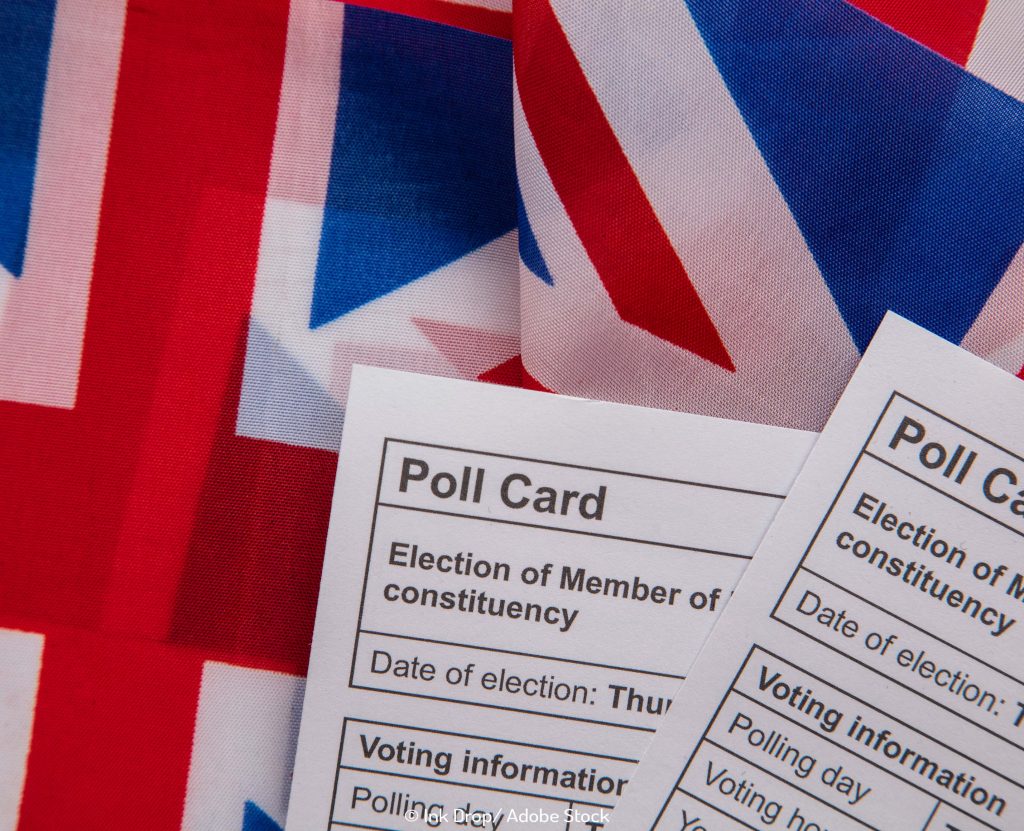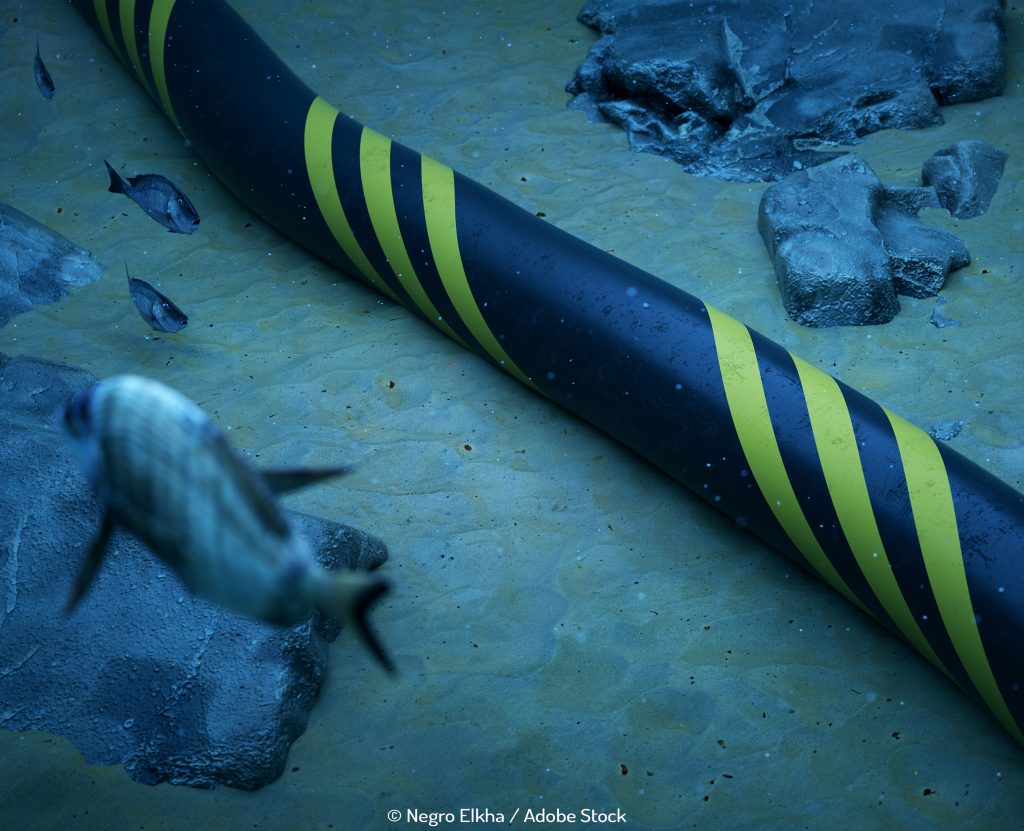The global wind power market is now worth $50bn
“Building one or more artificial islands in the middle of the North Sea sounds like a science fiction project, but it could actually be a very efficient and affordable way for the North Sea countries to meet the future demand for more renewable electricity,” said Torben Glar Nielsen, CTO of Energinet.
Dogger Bank, an artificially-developed island, is the invention of TenneT (a leading Dutch energy network) and Energinet. Set 125km off the East Yorkshire coast, it’s an innovative solution to wind farms being located further and further out to sea as areas close to land fill up.
Every extra mile that a farm is pushed out to means extra cabling to bring energy back to land. What Dogger Island allows is the power to be transported via relatively and less expensive cables the short distance to converters on the island, which then change the current from altering to direct, and then send it back to the Netherlands or UK via an interconnector.
TenneT CEO Mel Kroon commented: “This cooperation with Energinet is an invitation to TSOs from North Sea countries as well as other infrastructure companies to join the initiative. The ultimate goal is to build a solid coalition of companies that will make the European energy transition feasible and affordable.”
That coalition is critical: without other companies TenneT’s plan stops. Because it can’t build power generation it requires external buy-in from the likes of Innogy or Ørsted. It’ll also need the UK’s National Grid to join the party. If it all goes to plan, it could come on-line by 2027.
Appetite for wind power remains strong throughout the world. A recent report from Research 7 Markets company put the current market size at more than $50bn, and estimated that by 2022 there will have been an almost 7% increase making it worth $71.2bn.
It was responsible for close to 40% of all of the electricity in the Netherlands in 2016 and in total across the EU, about 10%.
This can expect to increase, with new advances in technology being developed – including fake islands. The likes of Google parent Alphabet are really pushing possibilities. It’s airborne generating technology is exciting: the concept is that kites are flown high in the sky, and are attached to tethers and a winch system which then generates electricity as it spools out. This has incredible potential but is decades out.
Already underway are the monster turbines, which far outweigh their ancestors. For example, MHI Vestas launched a 9.5MW turbine that can power more than 8000 homes. How you ask? The blades span is larger than the London Eye. Remarkably making these gigantic machines has a significant impact on costs: Matthew Wright from Ørsted commented that: “It’s a genuine economy of scale where, for a doubling of the size of the turbine, for the equivalent megawatt capacity you are close to halving the cost. It’s an appreciable difference.”
With £17.5bn to be invested in the UK’s offshore wind sector, we’re looking down the road to the many thousands of jobs that will need to be filled. The wind sector compared to fossil requires serious manpower. As Sisouw de Zilwa said: “You need a lot of wind turbines which have a lot of moving parts to generate a similar amount of power to a coal or gas plant. Therefore, you also need more maintenance people to keep the electricity running.”
Who doesn’t want to be told they’re among the most in demand workforce in the world? Here’s to 2018.


